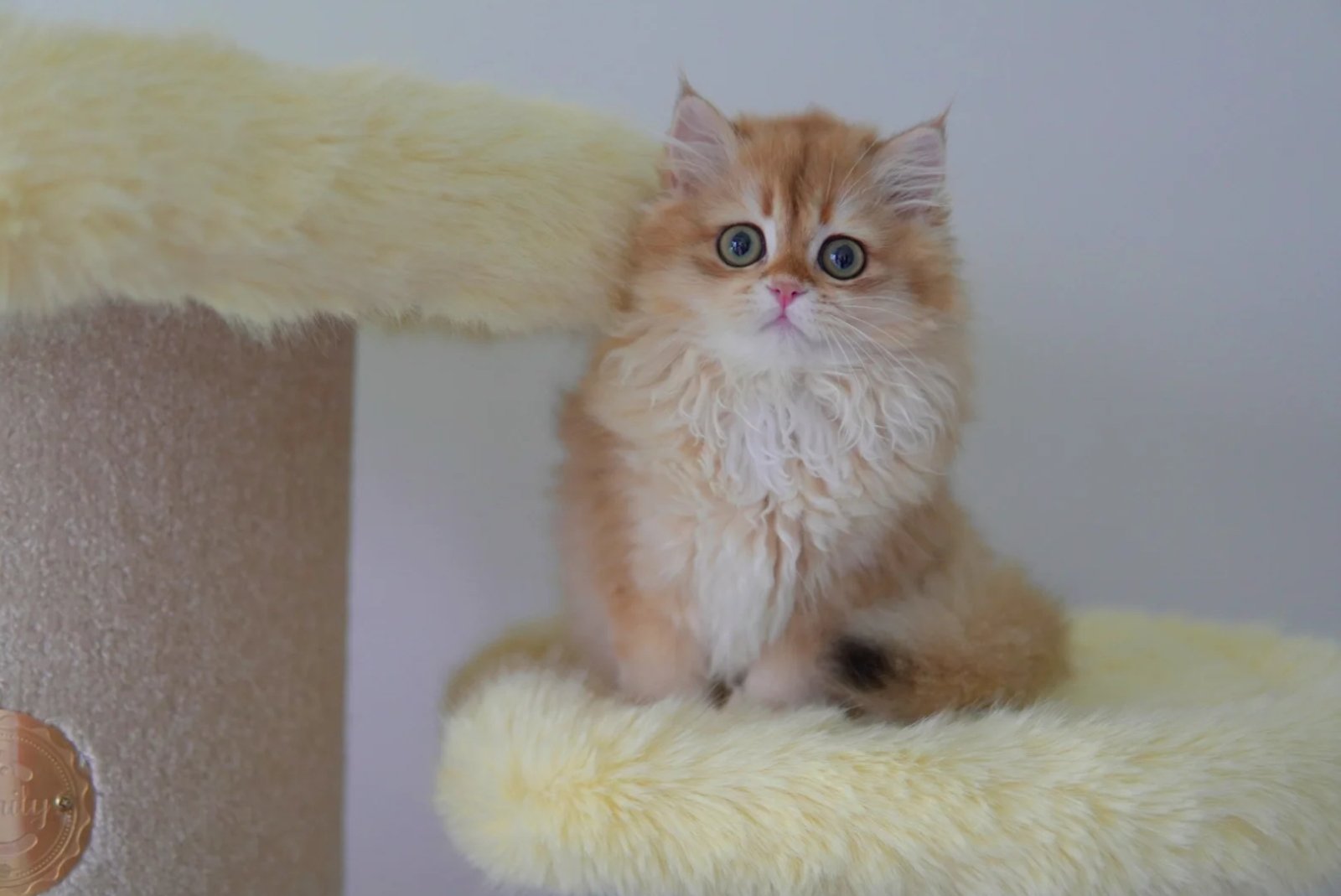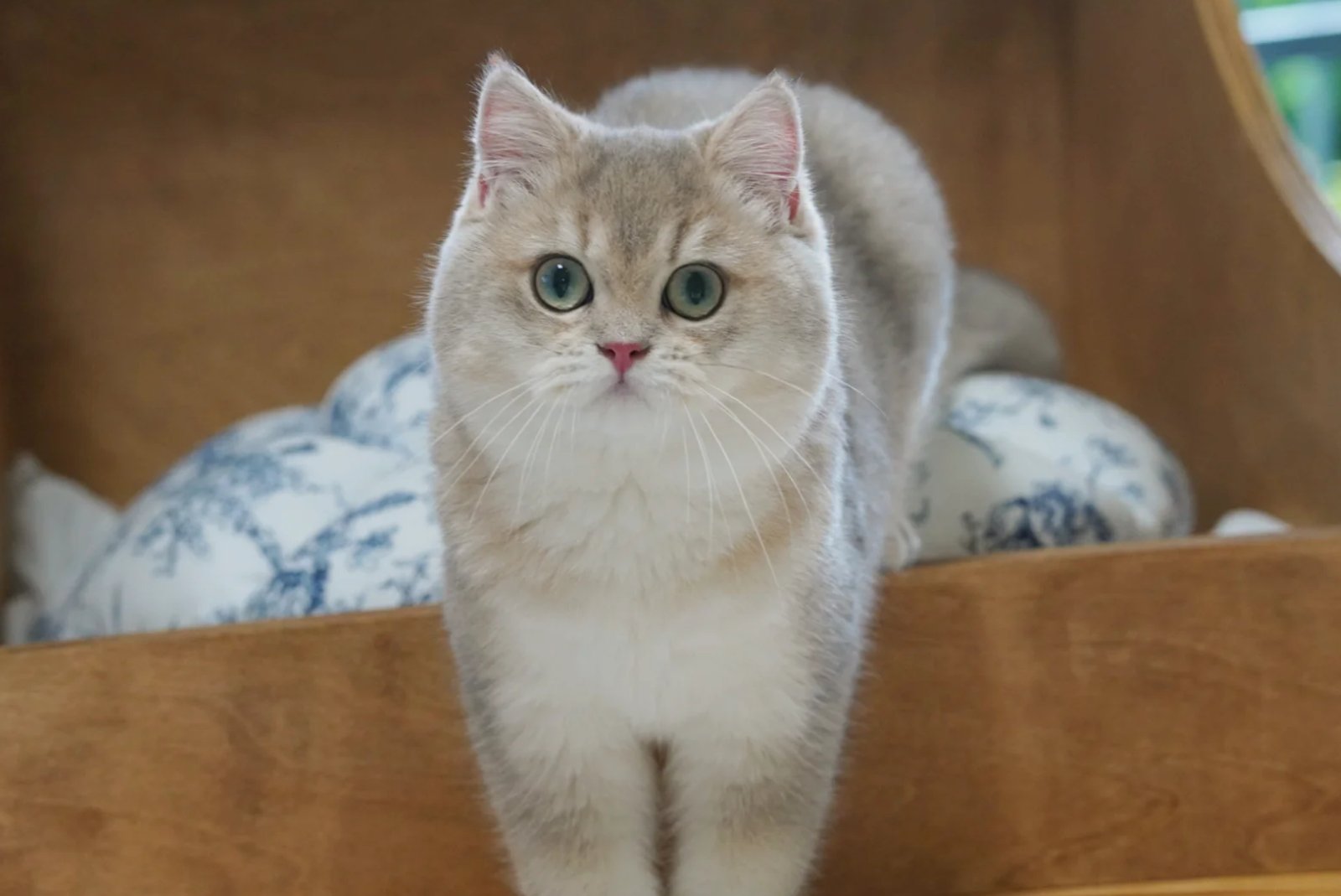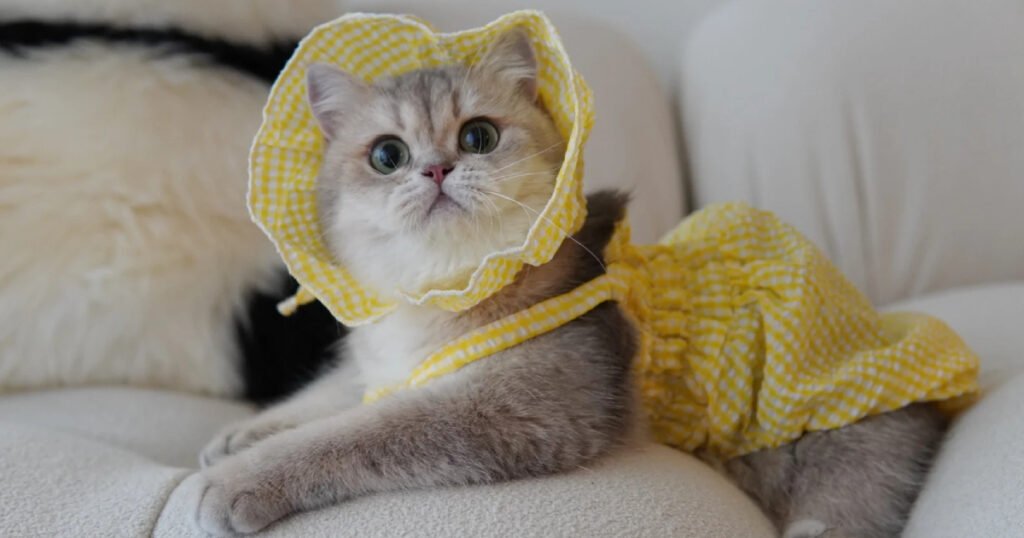Cats are often thought of as independent and mysterious creatures, but that doesn’t mean they’re immune to stress and frustration. Whether your feline friend is suddenly acting out or quietly withdrawing, there could be hidden causes behind their discomfort. This is especially true when they’re trying to settle into their home, as changes in environment or routine can be unsettling. Understanding what’s really going on is essential—not only for your peace of mind but for your cat’s well-being, too.
This article uncovers some surprising reasons why your cat might be feeling frustrated, with practical tips to help you identify and ease their distress.
Lack of mental stimulation leads to boredom
Cats may nap much of the day, but they also need meaningful activity to stay mentally healthy. When they lack sufficient stimulation, frustration can build up quickly. A cat left alone for hours with nothing to do can become anxious or destructive.
Interactive toys, puzzle feeders, and scheduled playtime using feather wands or laser pointers can make a huge difference. Rotate their toys every few days to keep things interesting, and don’t underestimate the power of a good window perch for some bird-watching action.
Sudden changes disrupt their comfort zone
Cats thrive on routine. When their daily rhythm is disrupted—whether it’s a new family member, a change in furniture arrangement, or a shift in feeding times—it can throw them off balance. Even something as seemingly minor as moving their litter box or switching brands of litter can cause tension.
If a big change is unavoidable, try to introduce it gradually. For example, if you’re planning to move house, let your cat explore packing materials beforehand, and stick to familiar bedding and toys once in the new environment.
Litter box problems are more than just mess

One of the most common sources of feline frustration is an unsuitable litter box setup. A box that’s too small, placed in a high-traffic area, or not cleaned frequently enough can result in accidents or avoidance altogether.
Cats prefer quiet, private spaces to relieve themselves. Keep the box in a low-stress area of the home, away from noisy appliances and foot traffic. Clean it daily and scoop waste as soon as possible. For multi-cat households, a good rule of thumb is one litter box per cat, plus one extra.
Unwanted attention causes sensory overload
Although cats enjoy human interaction, there’s a fine line between affection and overstimulation. Children pulling tails, loud guests picking them up repeatedly, or even constant stroking when they want to be left alone can make a cat feel overwhelmed.
Watch for signs of agitation such as a twitching tail, flattened ears, or sudden attempts to flee. These are cues that your cat needs a break. Respecting their boundaries strengthens your bond and prevents them from associating people with stress.
Health issues often masquerade as behavioural changes
When a cat is experiencing pain or discomfort, it might manifest through behavioural changes rather than obvious physical symptoms. A normally cuddly cat becoming aloof, or a quiet one suddenly vocalising frequently, can be red flags.
Dental pain, urinary tract infections, arthritis, or even vision problems may be the root cause. If your cat’s behaviour changes without any apparent environmental triggers, it’s best to consult a vet. Early diagnosis can prevent long-term discomfort and more serious health concerns.
Inter-cat tension builds silently
Multi-cat households can be challenging, especially when territorial disputes or mismatched personalities come into play. Even if there’s no obvious fighting, subtle signs like blocked access to food or litter, excessive grooming, or one cat hiding frequently can point to unresolved tension.
To ease the strain, provide multiple feeding stations, litter boxes, and high perches so each cat has their own space. Calming diffusers, routine enrichment, and slow reintroductions can also help restore peace.
Poor diet affects mood and behaviour

Just like humans, cats can become irritable or lethargic if their diet isn’t meeting their nutritional needs. A lack of essential vitamins or an overabundance of fillers and artificial ingredients can lead to discomfort, weight gain, and even aggression.
Make sure you’re feeding a high-quality, species-appropriate diet. If your cat is still fussy or not thriving, a vet or feline nutritionist can help tailor a feeding plan that suits their needs. When bringing home new companions, such as British Shorthair kittens for sale, it’s important to choose a well-balanced diet from the start to support their development and mood.
Lack of safe territory heightens stress
Cats are natural climbers and like to survey their environment from a secure height. If your home lacks elevated resting spots, your cat may feel vulnerable or anxious, particularly in busy households.
Investing in tall cat trees, wall-mounted shelves, or even cleared spaces on top of furniture can help your cat feel safe and confident. For anyone looking to buy British Shorthair in Singapore, remember that while they may be less prone to climbing than some breeds, they still appreciate quiet, elevated places to rest.
Conclusion
Understanding what’s frustrating your cat isn’t always straightforward, but careful observation and small changes can go a long way in improving their quality of life. Whether it’s a subtle shift in behaviour or an ongoing pattern, your feline companion is always communicating their needs—sometimes in surprising ways.
If you’re looking to bring home a kitten that’s well-socialised and raised with care, Xi Meow Cattery offers a supportive and loving environment for every cat. Visit Xi Meow Cattery to learn more about how we can help you provide the best for your feline family.

